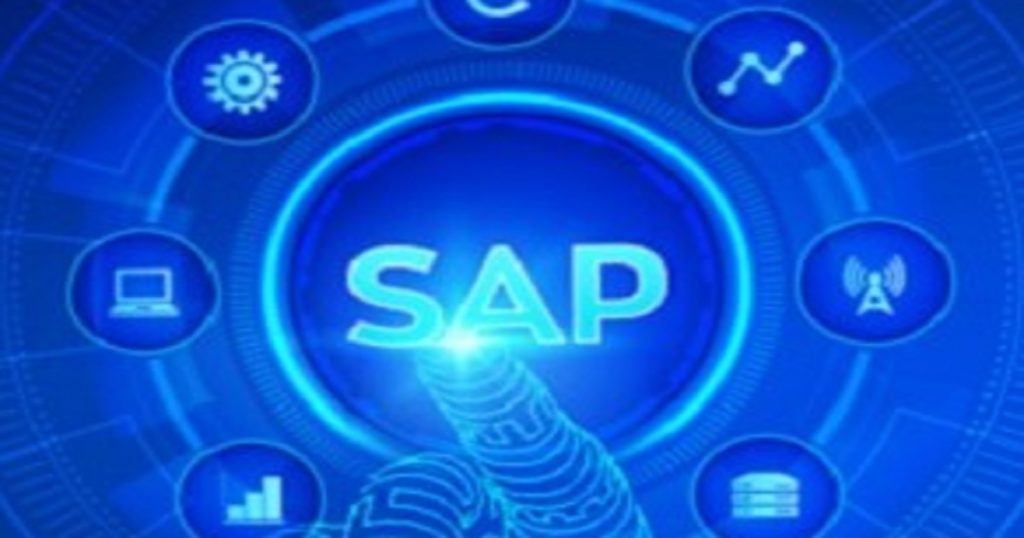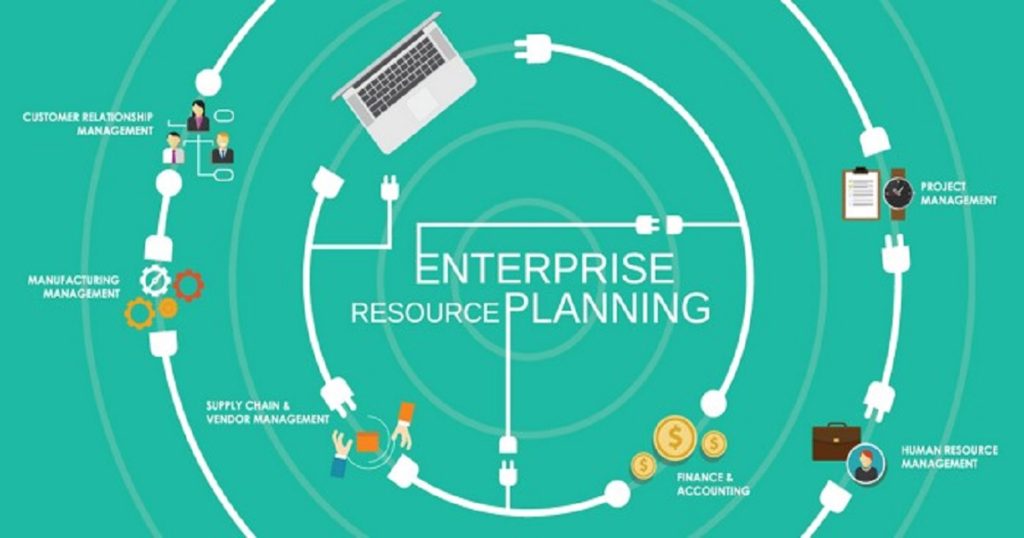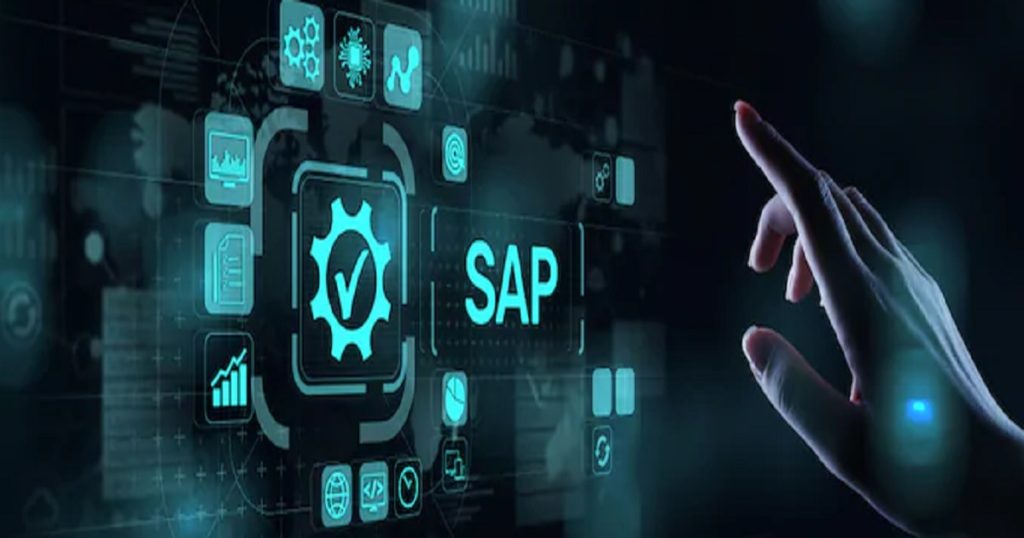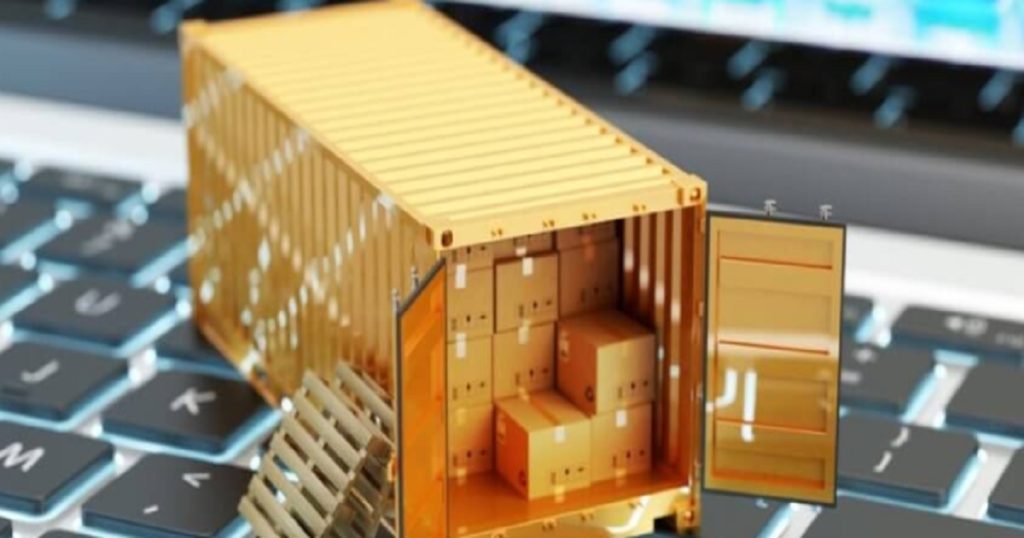SAP continues continuous testing continuity
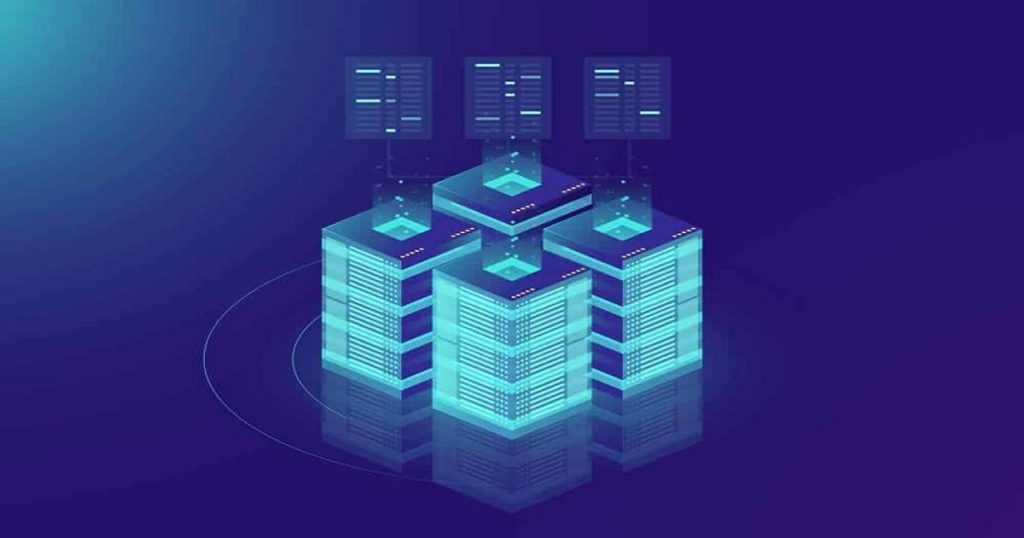
Quite apart from the wider world itself going continuously 24×7 in the face of globalisation and ubiquitous interconnectivity, the software world has adopted more defined approaches to continuous methodologies over the last decade.
Key among the continuous continuum is Continuous Deployment (CD), Continuous Integration (CI) and Continuous Testing (CT).
Continuous Testing (CT) aka ‘shift-left testing’ is the practice of post-production testing carried out by developers and operations teams in order to uncover performance issues associated with applications (and data systems) that may arise due to a) unplanned user behaviours b) unplanned data-flows and system demands c) other unplanned (unforeseen would be a better term) elements of software performance.
With its fairly meaty total software stack, SAP has of course been using various continuous approaches for some years.
This year sees the German softwarehaus up its continuous play by forming a stronger integration with Tricentis, a Continuous Testing (and, crucially, an Automated Testing) specialist.
SAP will re-sell Tricentis testing solutions as SAP Solution Extensions.
The partnership also includes an OEM agreement in which Tricentis’ core model-based test automation capability will be embedded in SAP Enterprise Support to offer automated testing in SAP Solution Manager and SAP Cloud ALM.
As the volume and velocity of SAP updates have increased in recent years, customers are finding their traditional testing methods require significant manual effort and can be a challenge to deploy in a timely manner.
With a next-generation continuous testing platform, businesses using SAP solutions can unleash the full power of the intelligent enterprise,” said Sandeep Johri, Tricentis CEO. “Tricentis is partnering with SAP to help customers keep up with the rapidly increasing pace of SAP releases. With this partnership, customers can turbocharge their SAP releases with a modern, continuous testing platform that helps to eliminate testing approaches that are not only slow and costly, but ultimately ineffective.
SAP plans to introduce the following new software elements:
- SAP Change Impact Analysis by Tricentis – For AI-powered impact analysis that identifies potential risk to business processes after an SAP software update.
- SAP Enterprise Continuous Testing by Tricentis – Automates around 90% of a customer’s end-to-end business process tests – spanning SAP and third party tests.
- SAP Load Testing by Tricentis – To optimise the SAP user experience with scalable, on-demand performance testing for SAP Fiori® and modern cloud applications.





